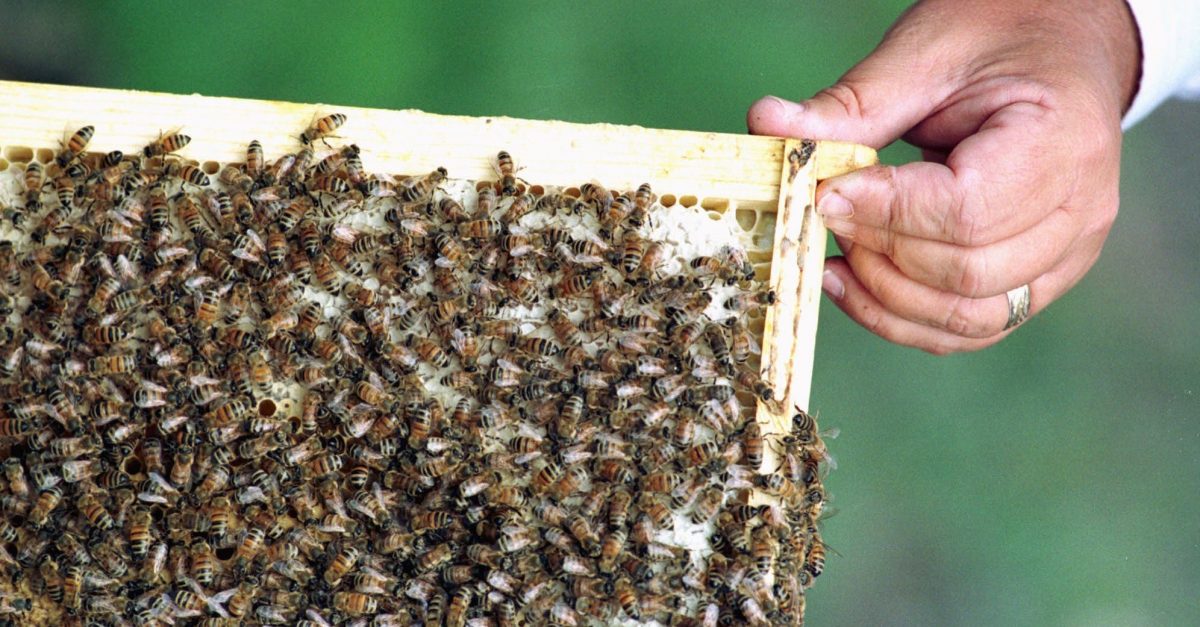Crystal Bonvillian, Cox Media Group National Content Desk,
Videos by Rare
BROWNSVILLE, Texas — Two Texas men who were mowing their lawns last month died after being attacked by bees.
Both attacks occurred in Brownsville, according to KRGV in Weslaco. The men’s names were not released.
“They were stung hundreds of times on their bodies and, as a result of the multiple stings, then they had a reaction to it and lost their lives,” Jonathan Garcia, Cameron County justice of the peace, told the news station. “It was very tragic.”
The bees were of the Africanized variety, which are more aggressive, KRGV reported.
Beekeeper Jimmy Lawrence explained that Africanized bees are more aggressive because their hives house more bees than other hives. With more bees to share the honey in the hive, the bees become more defensive, he told KRGV.
The sound of the men’s lawn mowers likely agitated the bees.
RELATED: Truck body filled with live BEES!
“Obviously, the sound is very loud,” Lawrence said. “It’s got a lot of vibration, so if you go up to a beehive with a lot of noise and you don’t have any smoke or beekeeping equipment to calm them down, they are going to go into full defense.”
The USDA’s Agricultural Research Service offered tips online on what to do in the case of a bee attack:
- Run away quickly. Do not stop to help others, unless the other person is a small child or elderly person who needs assistance.
- Pull your shirt over your head as you run, to protect your eyes and other sensitive areas on your head. Do not let the move slow you down.
- Run until you reach shelter or a well-lit area. The light will confuse the bees.
- Do not jump into water. Bees will wait until you surface for air.
- If you are trapped with the bees, cover up with blankets, sleeping bags, clothes or anything else available.
- If you have been stung, remove all stingers, but do not use tweezers or your fingers, which will squeeze more venom into the wound. Scrape the stingers out sideways using your fingernail, the edge of your driver’s license or credit card, or any other straight-edged object.
- If you see someone being attacked, tell them to run. Do not try to rescue them yourself.
- Call 911 to report a serious attack.
- If stung more than 15 times, you begin to feel ill or you suspect you might be allergic to bees, get medical help immediately.
The average person can handle 10 stings per pound of body weight, which makes multiple stings more dangerous for a child than an adult, the Agricultural Research Service said on its website. Although 500 stings can kill a child, an adult could potentially withstand more than 1,100 stings.
RELATED: These desert critters caught taking a big gulp from a bucket will make you feel glass-half-full
©2017 COX MEDIA GROUP



